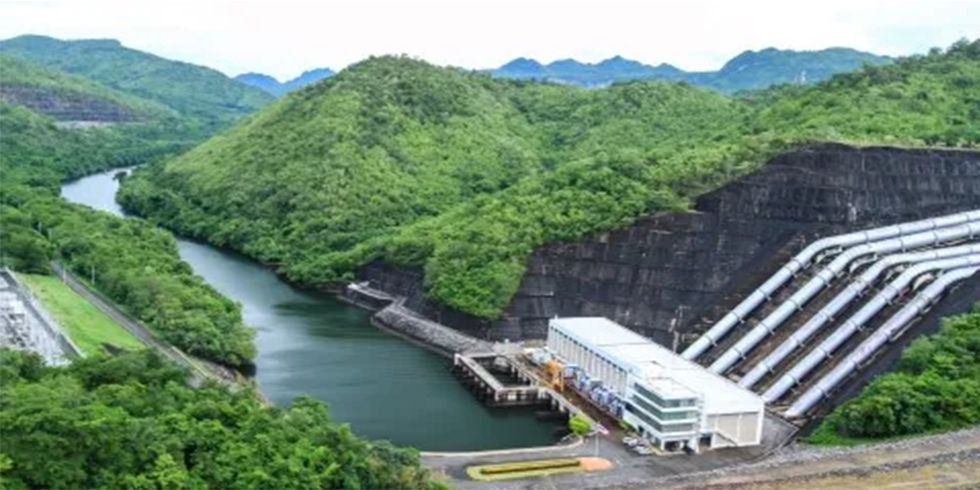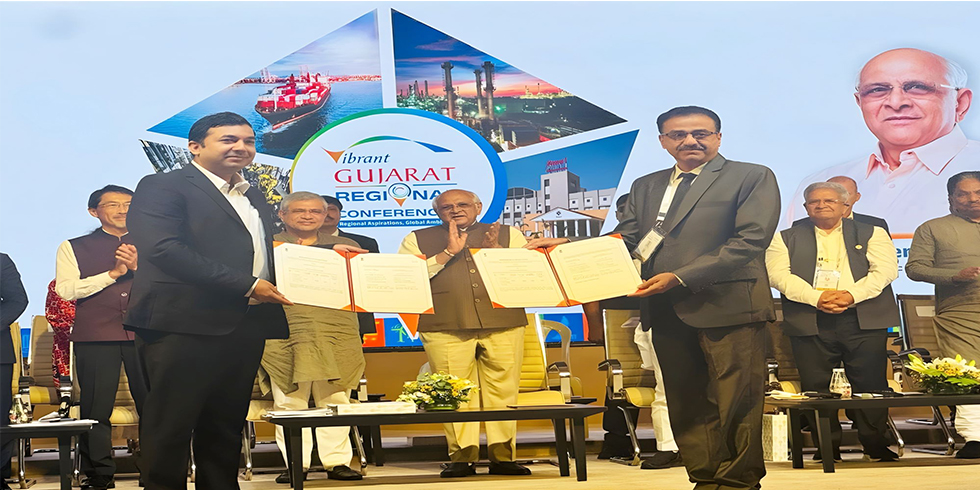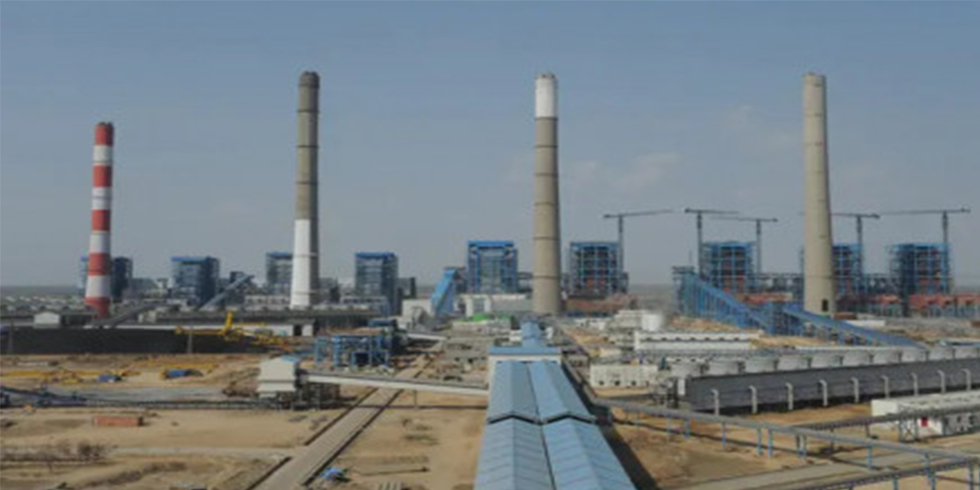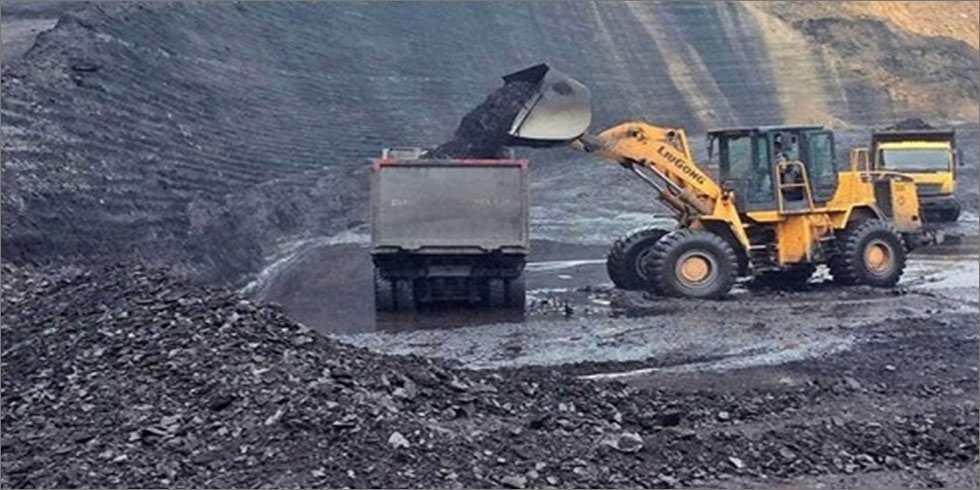Tata Power obtained the necessary permissions and clearances for its much anticipated 1,800 MW pumped hydro storage project at Shirawata in Pune district and another 1,000 MW PSP at Bhivpuri in Raigad district, according to a senior official.
The Bhivpuri project was approved by the Central Electricity Authority, but Tata Power plans to start construction this month and have it operational by 2028, which is 44 months away.
The Shirawata project will be put into service in 2029, with development expected to start by mid-2025. To develop the two pumped hydro storage projects with a combined capacity of 2,800 MW, the government and Tata Power signed a Memorandum of Understanding (MoU). These projects will allow Tata Power to provide customers with a blended, clean power supply that is available around-the-clock after they go into operation in 2028–2029.
"These projects require an investment of approximately Rs 13,000 crore, and they will be strategically situated at Shirawata, Pune (1,800 MW) and Bhivpuri, Raigad (1,000 MW) districts," added the official.
"This partnership is all set to help the state move closer to its ambitious objective of becoming a $1 trillion economy by 2028 while providing jobs for more than 6,000 people," he continued.
Water will be pumped from the lower reservoir to the higher reservoir during times of excess energy, and the stored water will power turbines to produce electricity at times of peak demand. Energy security will be significantly improved by this mechanism.
Pumped hydro storage is a well-known energy storage technology that is used all over the world to support the integration of renewable energy sources and preserve system stability. Using inexpensive, low-demand electricity to run the pumps, surplus electricity, especially during off-peak hours when demand is low is used to move water from a lower-elevation reservoir to an upper-elevation one.
Green energy is produced when the stored water in the upper reservoir is released through turbines from the higher elevation during periods of high consumer demand, particularly during the summer. This process transforms gravitational potential energy into electrical power.
"This system provides a dependable and adaptable means of balancing supply and demand, ensuring grid stability and supporting intermittent renewable energy sources integration," a government official stated.











Add Comment